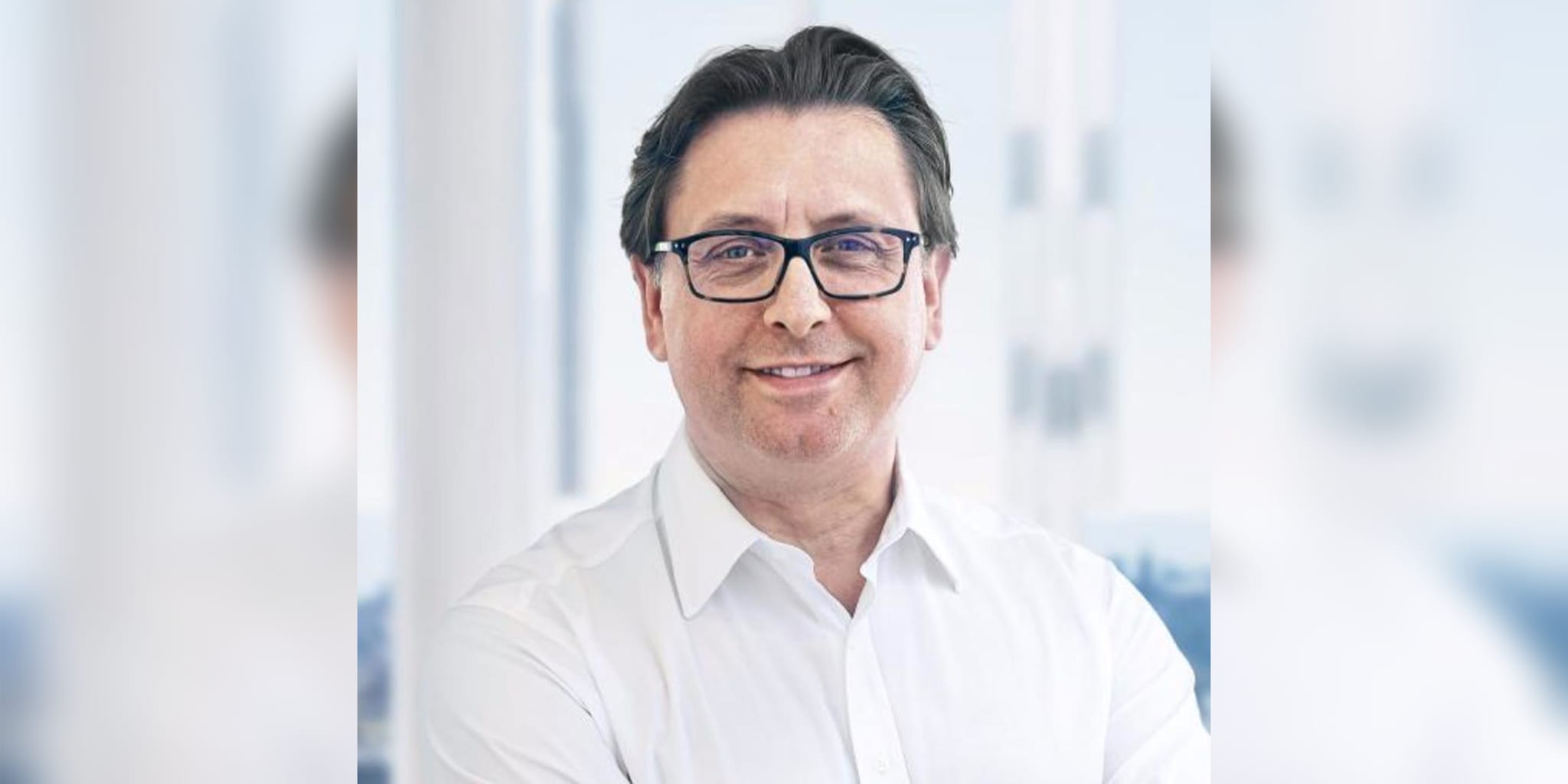
Sanofi recruits Novartis' top pharma exec Paul Hudson as its new CEO — so what happens now?
Sanofi’s board has turned to someone who’s not French to be its next CEO.
The Paris-based pharma giant named Novartis pharma chief Paul Hudson — a British pharma executive with an international pedigree — to the top post as current CEO Olivier Brandicourt heads off to an early “retirement.”
In a carefully orchestrated response, Novartis CEO Vas Narasimhan congratulated Hudson and named Marie-France Tschudin, a Swiss citizen who’s heading up the recently acquired cancer group Advanced Accelerator Applications, as Hudson’s replacement. In doing so, he immediately positioned Tschudin — who speaks 6 languages — as a top candidate for any future Big Pharma CEO opening.
Unlock this article instantly by becoming a free subscriber.
You’ll get access to free articles each month, plus you can customize what newsletters get delivered to your inbox each week, including breaking news.